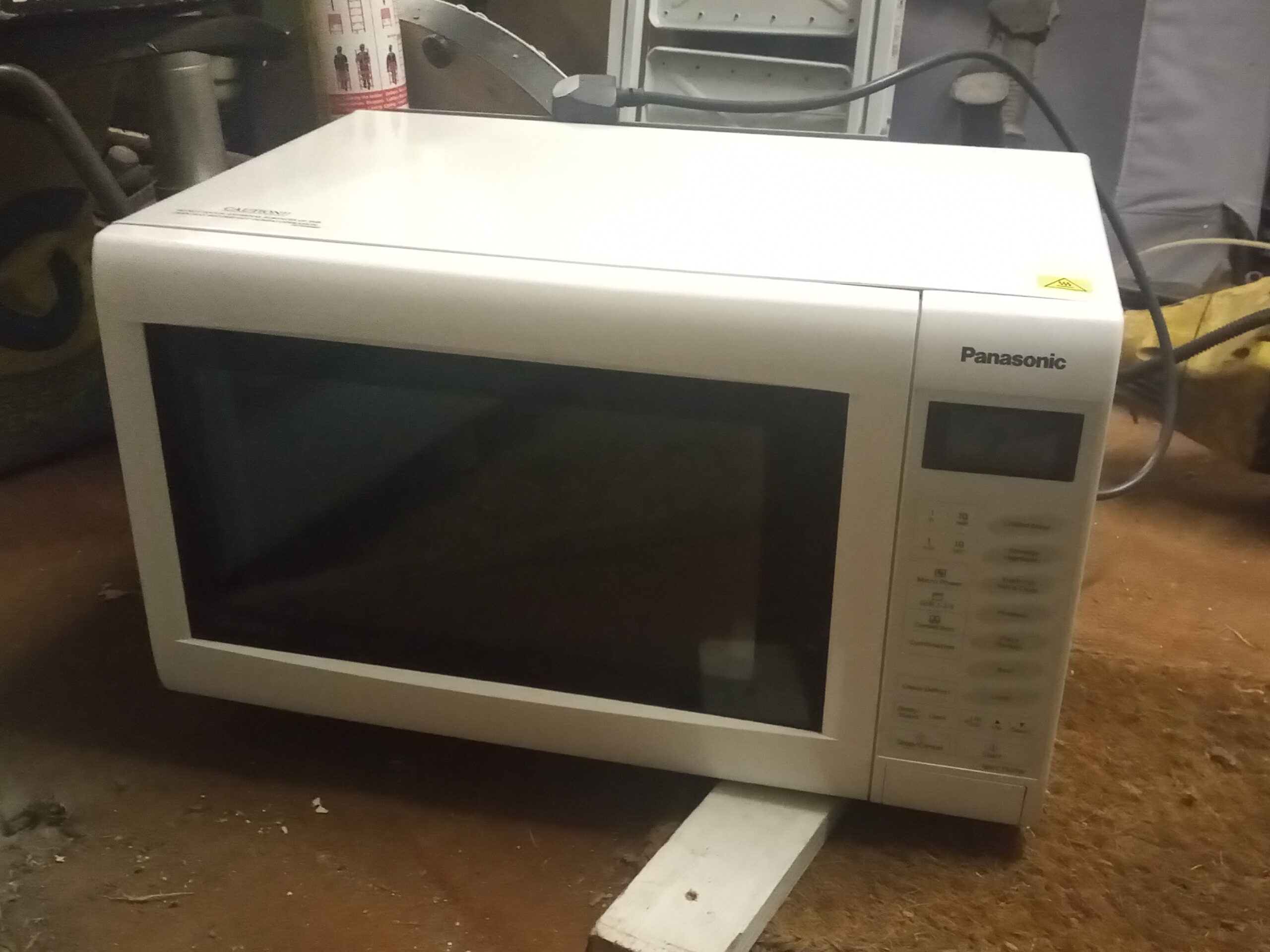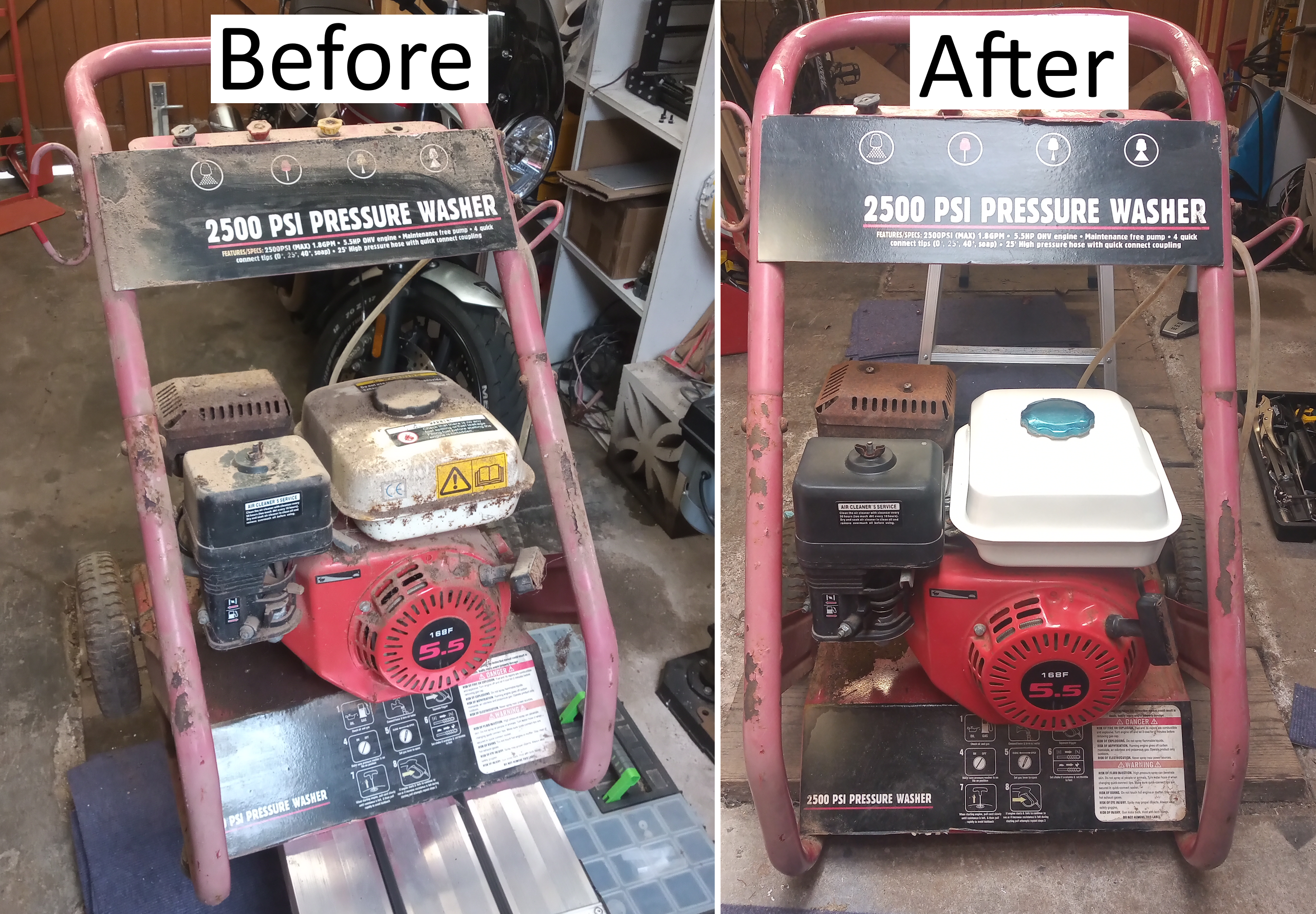
More Microwave Madness
Work begets work. For example; if you send an email, you’ll likely get a reply which needs actioning. Or, if you finish your work early […]

Work begets work. For example; if you send an email, you’ll likely get a reply which needs actioning. Or, if you finish your work early […]

This pressure washer came to me from storage – I’m unsure on how long it had been in storage, nor if the storage was water-tight. […]
Copyright © 2025 | WordPress Theme by MH Themes